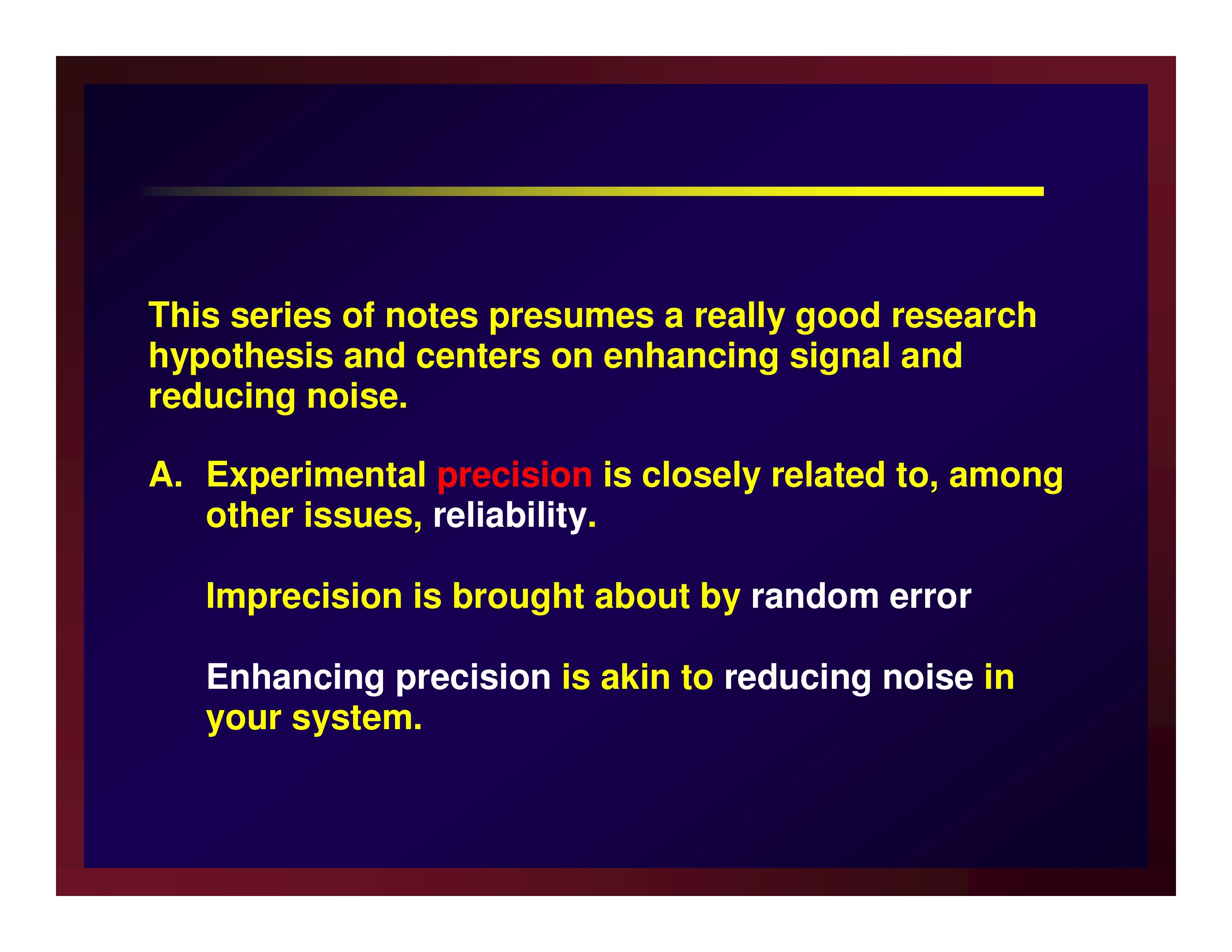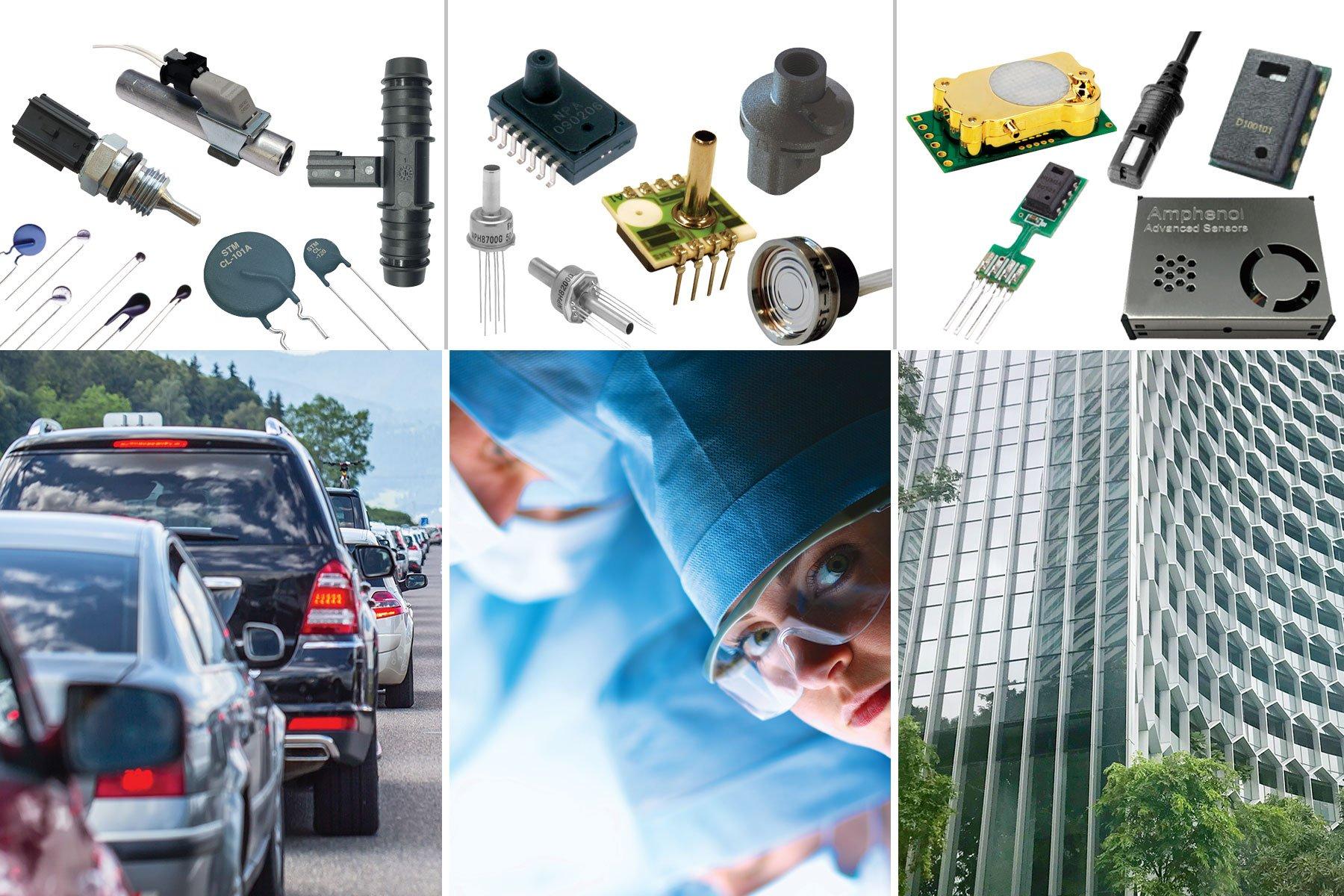in the fast-paced world of manufacturing, precision is paramount, especially in processes like injection molding where the slightest deviation can lead to significant defects and costly downtimes. As industries strive for enhanced efficiency and quality, the integration of automation into quality checks has emerged as a revolutionary solution. By leveraging advanced technologies such as machine vision, AI-driven analytics, and robotics, manufacturers are reshaping their quality assurance protocols, ensuring that every component meets stringent standards before it leaves the production line. This article explores the transformative impact of automating quality checks in injection molding, uncovering the benefits, challenges, and innovations that are setting new benchmarks in manufacturing excellence.join us as we delve into a future where technology and ingenuity converge to uphold the highest standards of quality.
Enhancing precision through Automated Quality Monitoring
In the realm of injection molding, precision is not just a goal—it’s a necessity. Automated quality monitoring systems leverage advanced sensors and machine vision technologies to ensure every produced part meets strict specifications. These systems can continuously analyze critical parameters such as dimensional accuracy, surface finish, and color consistency, streamlining the quality control process substantially. By integrating artificial intelligence, manufacturers can predict potential defects before they occur, allowing for immediate corrective actions that reduce waste and enhance overall production efficiency.
Transitioning to an automated quality check system presents numerous benefits, including:
- real-time Data Analysis: Continuous assessment allows for fast decision-making and trend identification.
- Reduced Human Error: Automation minimizes the risk of mistakes associated with manual checks, leading to consistent quality.
- Increased Throughput: Faster inspection processes enable higher production rates while maintaining quality standards.
For instance, the implementation of a extensive quality dashboard can visually present data related to quality metrics, enabling operators to swiftly address any deviations from the norm. Below is a simplified example of what such a dashboard might include:
| Quality Metric | Current Status | Action Required |
|---|---|---|
| Dimensional Accuracy | Within Tolerance | No Action |
| Surface Finish | Minor Defects Detected | inspect Machine Settings |
| Color Consistency | Out of Tolerance | Adjust Color Mixer |
Integrating Advanced Sensors for Real-Time data Analysis
Incorporating advanced sensors into injection molding lines enables manufacturers to capture real-time data that not only enhances the quality of the produced parts but also streamlines the entire production process.By using multi-sensing technologies, such as pressure, temperature, and vibration sensors, operators can gain valuable insights into each phase of the molding cycle. This immediate feedback mechanism allows for the identification of anomalies, which can be addressed proactively before they escalate into larger issues. With a well-integrated system, manufacturers can ensure consistent quality through:
- Predictive maintainance: sensors can signal when a machine requires servicing, reducing downtime.
- Process optimization: Real-time data helps in fine-tuning machine settings for optimal performance.
- enhanced traceability: Tracking data points in each cycle assists in compliance and quality assurance.
Moreover, by analyzing the collected data, manufacturers can develop patterns that inform future production strategies while minimizing waste and resource usage. Machine learning algorithms can be applied to identify trends and predict potential defects before they occur, allowing operators to adjust parameters on-the-fly. A well-structured reporting system can provide insights into key metrics, empowering teams to make data-driven decisions. A simple depiction of the data flow can be illustrated in the following table:
| Data Type | Sensor Type | Benefit |
|---|---|---|
| Temperature | Thermocouples | Ensures optimal resin flow |
| Pressure | Pressure Transducers | Detects clamping force anomalies |
| Vibration | Accelerometers | Identifies machinery irregularities |
Streamlining Workflow with Artificial Intelligence solutions
In the fast-paced world of manufacturing, especially in the injection molding sector, maintaining high standards of quality is paramount. Integrating AI solutions into quality checks revolutionizes traditional processes, enhancing not only efficiency but also accuracy. By leveraging machine learning algorithms, manufacturers can implement real-time monitoring of production lines, identifying defects and variances that human inspectors might easily overlook. This transition from manual checks to automated systems creates a streamlined workflow,allowing teams to redirect their focus towards more strategic tasks rather than routine inspections.
AI-driven quality checks excel at analyzing data collected from various stages of the injection molding process. With predictive analytics capabilities, these systems can forecast potential failures before they occur, minimizing waste and maximizing productivity.Key benefits include:
- Increased Accuracy: Reduces the risk of human error significantly.
- Enhanced Speed: Processes inspections in real-time, accelerating production cycles.
- Cost Efficiency: Minimizes production downtime and rejects.
By adopting AI solutions, businesses not only bolster their quality assurance protocols but also pave the way for ample operational improvements.
Implementing Standardized Protocols for Consistent Quality Assurance
Establishing uniform protocols across all stages of the injection molding process is essential for maintaining high-quality output. By implementing standardized protocols, manufacturers ensure that every aspect of production—from raw material selection to machine calibration—is executed consistently.Among the critical elements to focus on are:
- Material Specifications: Defining precise material quality standards.
- Machine Settings: Standardizing temperature, pressure, and cycle times for each product.
- inspection Procedures: creating a systematic approach for quality checks at various stages.
- Training Modules: Developing a comprehensive training program to ensure that all personnel understand and implement these protocols.
Automation can significantly enhance adherence to these established protocols, reducing the likelihood of human error while maximizing efficiency. To demonstrate the impact of a well-structured automated system, consider the following table showcasing key automated quality checks integrated into the production workflow:
| Quality Check | Automation Tool | Benefits |
|---|---|---|
| Dimensional Accuracy | Laser measurement Systems | Real-time feedback on product dimensions. |
| Surface Finish | Image Processing Software | Ensures aesthetic quality and defects. |
| Material Properties | Spectroscopy Tools | Verifies compliance with specifications. |
In Conclusion
In an era where efficiency and precision are paramount, automating quality checks for injection molding lines presents a transformative possibility for manufacturers. By embracing cutting-edge technologies and integrating advanced automation systems,businesses can not only enhance the reliability of their production processes but also achieve a significant reduction in waste and costs. As we move forward, the pivotal role of data-driven insights and real-time quality monitoring will empower manufacturers to adapt swiftly to market demands while maintaining the highest standards of excellence.
In closing, the journey toward automated quality assurance is not merely about adopting new tools; it’s about reshaping the future of manufacturing.This evolution invites us to rethink traditional paradigms and empowers organizations to create products that meet and exceed expectations. As we continue to innovate and refine these processes, one thing remains clear: quality is not an act but a habit, and with automation at the helm, the possibilities are limitless.





















